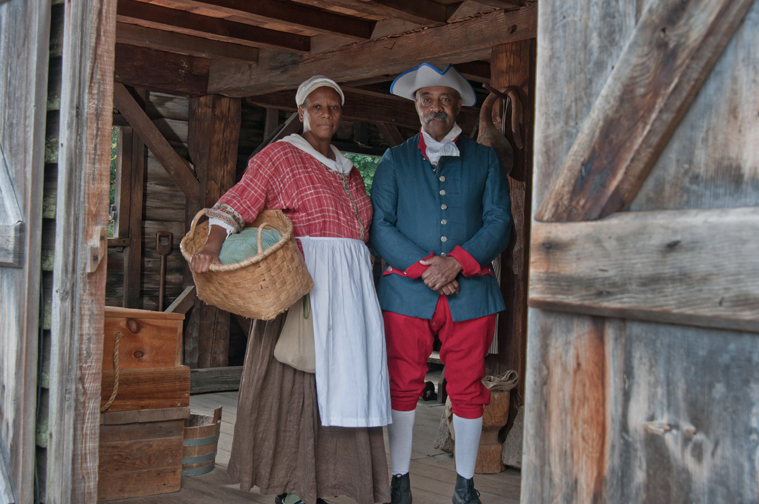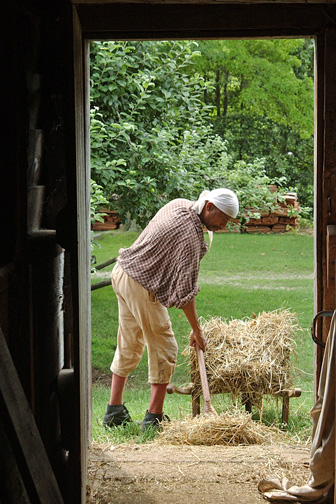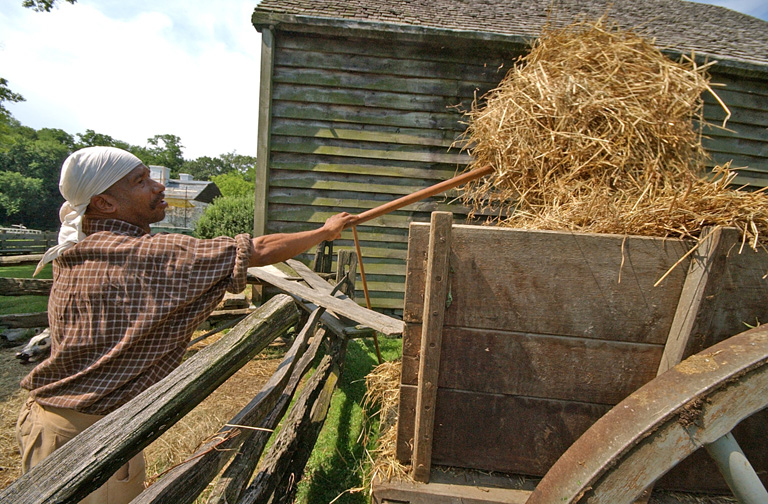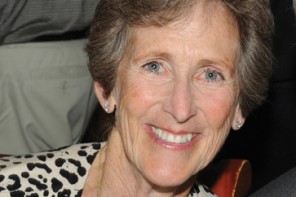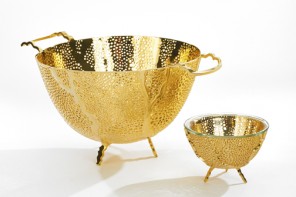All images courtesy Historic Hudson Valley.
In the New York metropolitan area, to work is to be and who you are is what you do. And that, many say, is because of the Dutch.
“I think there’s a real Dutch imprint in how business is conducted here,” says David Fink, a history buff who experienced this firsthand in his years on Wall Street. “The Dutch founded New York City (then New Amsterdam) as a trading post. …As long as you abided by the rules of trade, all were welcome. There is a lesson of acceptance and tolerance that was bred into the democracy of the trading post.”
And this doesn’t just apply to New York, for the colony of New Netherland that was chartered by the Dutch West India Co. in 1621 included parts of Connecticut, New Jersey, Delaware and a smattering of Pennsylvania and Rhode Island.
“This area was all Dutch,” says Peter C. Sutton, The Susan E. Lynch executive director of the Bruce Museum in Greenwich and one of the foremost authorities on Northern Baroque art. “Theirs was a fluid society in which you could raise yourself up if you worked hard.”
This was reflected in all aspects of a small country that had to contend with the encroachment of both the sea and larger neighbors. The royal House of Orange was made up of military leaders who were unlike the hedonistic Charles II of England or his grander-than-vous in-law, Louis XIV of France. Dutch painters — three times the number of shopkeepers — learned to specialize to entice clients, Sutton says, since there was no system of patronage as there was in England, France, Spain and Italy.
In a land where you had to make your own way, the able-bodied and sharp-witted were useful, regardless of persuasion. The Dutch had a policy of religious toleration that welcomed, for example, Jewish refugees. (Rembrandt is said to be the first artist to use a Jewish subject, one of his neighbors, in portraying Jesus.)
It was this policy that guided the Dutch West India Co. in New Netherland as it embraced not only Jews but the native Lenape people, Huguenots, Swedish and German Lutherans, Scotch Presbyterians, English independents, Anabaptists and Moravians, according to “New York: An Illustrated History,” the superb companion book to Ken Burns’ equally superb documentary series.
It was not, however, a Kumbaya moment. For one thing, the colony was run in a haphazard manner by the company, an ocean away, and lorded over by director generals who were either murderous incompetents, particularly in dealing with the indigenous peoples (Willem “the Testy” Kieft) or efficient martinets (Peter Stuyvesant, the Rudy Giuliani of New Netherland).
For another, the idea of being what you do cuts both ways: It frees you to be anything but it suggests that you have no identity unless you’re working. There’s a chilling moment in “The Island at the Center of the World,” Russell Shorto’s must-read book on Dutch Manhattan, that describes how Adriaen Van der Donck — the lawyer/workers’ right activist/hero of New Netherland — retrieved a young woman who ran away from her employer, Kilaen Van Rensselaer, and his colonial estate, Rensselaerswyck, outside Albany. Van der Donck — whose title Jonkheer would give Yonkers its name — found her about to give birth. He did the decent thing and waited until the baby was old enough to travel before returning mother and child to Van Rensselaer, who castigated him in a letter: “It is your duty to seek my advantage and protect me against loss.”
For those who owed their souls to the company store that was the Dutch West India firm or the vast estates of the patroons, life was hard. That hardness is palpable as you tour Philipsburg Manor — the Sleepy Hollow gristmill, farm and trading center that was part of the Anglo-Dutch Philipse family’s 52,000 acres in Westchester County and the Bronx. Philipsburg Manor was owned by Manhattan man-about-town Adolph Philipse, who left the running of this provisioning plantation to an overseer, Elbert Aertsie. But the real work was done by the miller, Caesar, and the 22 other enslaved African men, women and children who lived on the property. (The Dutch had a carrot-and-stick policy of half-slavery, whereby a man could earn his freedom, but his wife, children and descendants would still be slaves, says Michael Lord, associate director of content development and delivery for Historic Hudson Valley, which administers the site. Once the Dutch finally ceded New Netherland to the British in 1674, slavery became codified in the 13 colonies.)
The slaves who worked Philipsburg Manor were responsible for producing up to 15 tons of wheat weekly during the grinding season — September to December or until the water-powered mill’s pond froze over.
Much of the work was done on the first floor of the three-story manor house and in the gardens and outlying buildings. The second floor consisted of bedchambers for Philipse and guests. The top floor was a kind of general store where tenant farmers could purchase pelts, dishes, linens and liquor, further enriching Philipse.
After his death in 1750, his nephew and heir, Frederick Philipse II, sold off nine of the slaves, taking the rest to his Yonkers estate (now Philipse Manor Hall), where they were divvied up among his heirs when he died a year later. Historic Hudson Valley’s Lord asks visitors to imagine what it’s like to labor when you have no personal rights — when to work is not to be.
“They have to step back sometimes,” he says of the stunned visitors. “Some people put themselves in those shoes.”
And find they are standing in a place with no more sentiment than the Dutch had given to relinquishing New Netherland — or the colony to being under new rule.
It was and is, after all, strictly business — for better and for worse.

